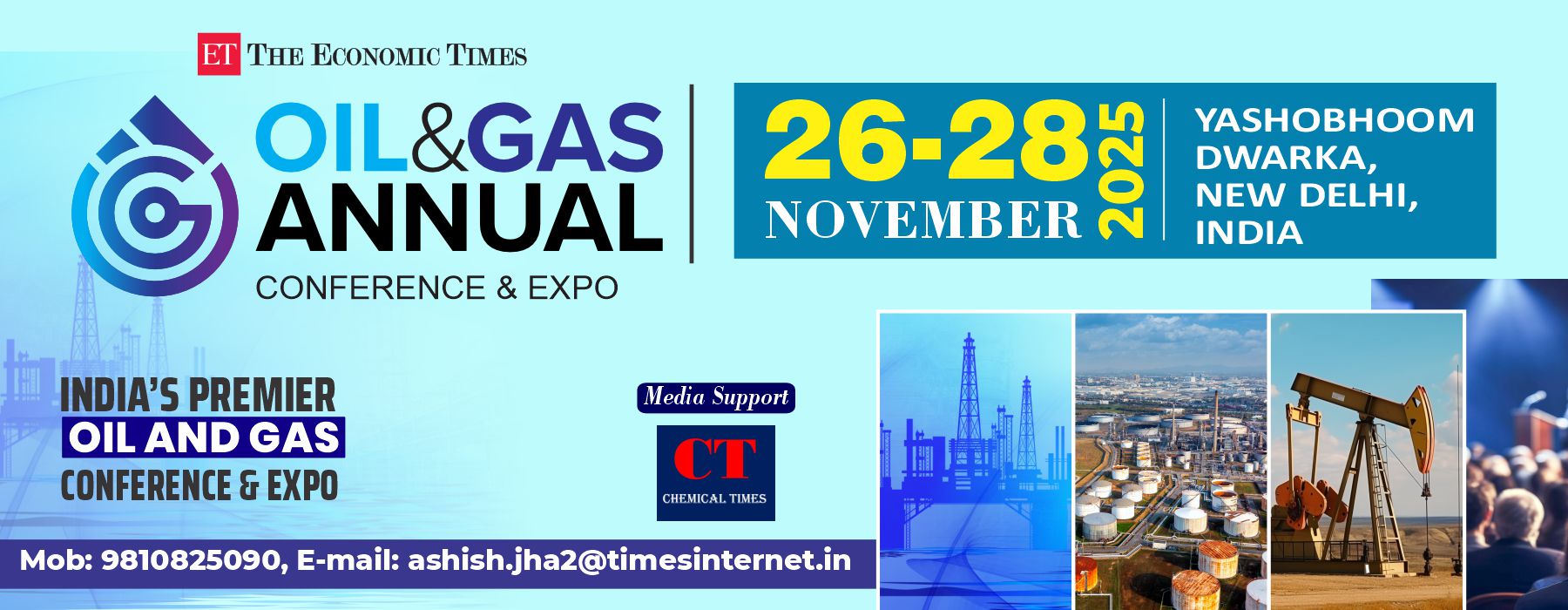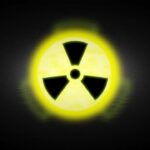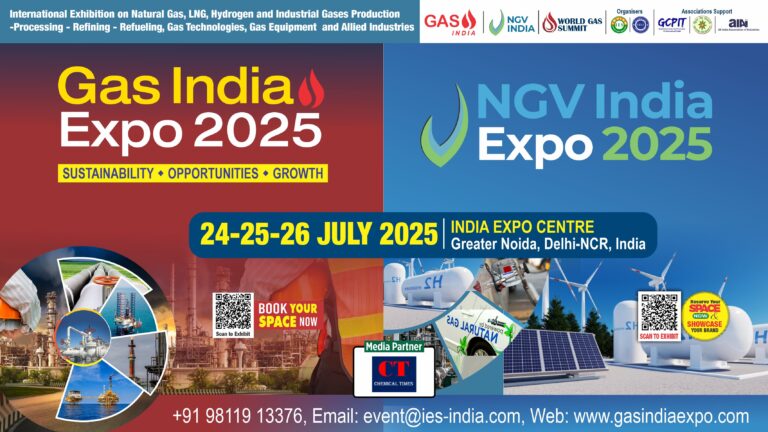In chemical engineering, controlling process variables such as temperature, pressure, flow rate, and concentration is essential for maintaining safe, efficient, and consistent operations. Modern chemical plants rely heavily on automatic control systems, and at the heart of most of these systems lies the PID controller—a workhorse of industrial automation. Alongside PID control are critical concepts like feedback loops, control elements, and tuning methods, all of which enable engineers to maintain desired operating conditions and respond to disturbances effectively.
This article provides a comprehensive glossary-style overview of the most important terms and principles related to PID control, feedback systems, and controller tuning—a must-know toolkit for any chemical engineer working in process industries.
🔧 What Is PID Control?
PID control, short for Proportional-Integral-Derivative control, is the most widely used type of controller in industrial settings. Its role is simple yet powerful: continuously calculate the difference between a setpoint (SP) and a process variable (PV), then minimize that error using a combination of proportional, integral, and derivative actions.
PID controllers are used in nearly every chemical engineering process that requires stability—whether controlling reactor temperatures, maintaining pressure in a pipeline, or regulating the concentration in a blending operation.
🔑 Key PID Terms Explained
Proportional (P) Term
The proportional component generates a response based directly on the current error. The greater the error, the stronger the correction. However, relying on proportional action alone often results in steady-state error—a persistent difference between the setpoint and the process variable.
Example: If a reactor is too cool, the proportional action opens the steam valve wider. The greater the temperature deviation, the more the valve opens.
Integral (I) Term
The integral term adds up (integrates) past errors over time and makes adjustments to eliminate residual offsets that proportional control alone can’t fix. It is crucial for achieving zero steady-state error.
Drawback: If the integral term accumulates during actuator saturation, it may cause integrator windup, leading to instability.
Derivative (D) Term
The derivative term anticipates future errors by considering the rate of change of the process variable. It acts like a “brake,” reducing the likelihood of overshooting the setpoint.
Use Case: In highly dynamic systems where fast changes occur, derivative action helps prevent oscillations and overshoot.
🎯 Core Concepts: Setpoint, PV, and Controller Output
Setpoint (SP): The desired target value for the process variable (e.g., maintain a reactor at 100°C).
Process Variable (PV): The actual measured value (e.g., 97°C).
Controller Output (CO): The signal the controller sends to the final control element (e.g., a valve or pump) to adjust the process.
🔁 Feedback Loops in Process Control
At the heart of most industrial control systems is the feedback loop. In a feedback loop, the process variable is continuously monitored, and adjustments are made automatically to keep it near the setpoint.
Closed-Loop Control
A closed-loop control system uses feedback to correct deviations in the process. The PID controller continuously evaluates the error and modifies the output signal to drive the PV back to the SP.
Example: If a temperature sensor detects that a reactor is too cold, the PID controller increases the flow of steam until the desired temperature is restored.
Open-Loop Control
In open-loop systems, there is no feedback from the output to the input. These systems operate on a fixed input and do not compensate for disturbances or changes in the system. Open-loop control is rarely used in critical chemical processes due to its lack of adaptability.
⚙️ Control Loop Components
Sensor/Transmitter: Measures the process variable and converts it into a standard signal (e.g., 4–20 mA).
Controller (e.g., PID): Compares PV with SP and calculates the necessary adjustment.
Final Control Element (FCE): A device such as a control valve, pump, or motor that implements the controller’s signal.
🔍 Controller Tuning: The Art and Science
Tuning refers to selecting optimal values for the proportional gain (Kp), integral time (Ti), and derivative time (Td) to ensure desired performance—quick response, minimal overshoot, and stable operation.
Key Tuning Parameters
Proportional Gain (Kp): Increases responsiveness but may induce oscillations if too high.
Integral Time (Ti): Eliminates steady-state error. Too low a value may cause instability; too high leads to slow correction.
Derivative Time (Td): Helps reduce overshoot and smoothens response but amplifies noise if overused.
Popular Tuning Methods
Ziegler–Nichols Method: A classic empirical method where the gain is increased until the system oscillates continuously. From this, P, I, and D parameters are calculated based on known rules.
Cohen-Coon Method: A more analytical method suitable for systems with known process dynamics.
Auto-Tuning: Many modern controllers use built-in algorithms to self-tune by analyzing process behavior during test cycles.
🛠️ Specialized Control Strategies
Chemical processes are often complex and require more than basic single-loop control. Some advanced configurations include:
Cascade Control
Two controllers work together: the primary (master) loop controls the setpoint of the secondary (slave) loop. This improves disturbance rejection in systems with fast-changing variables.
Example: A temperature controller (master) adjusts the flow of heating fluid (slave loop) rather than directly manipulating a valve.
Ratio Control
Maintains a fixed ratio between two variables, such as fuel and air in combustion processes.
Split-Range Control
Uses one controller to operate two different final elements based on output range. Often used in systems requiring both heating and cooling.
Override Control
Multiple controllers monitor different constraints, and the controller managing the most critical condition overrides the others to ensure safe operation.
📈 Understanding Dynamic Behavior
When tuning a controller or analyzing a process, understanding system response is critical. These dynamic terms often appear in process control literature:
Rise Time: Time taken for PV to reach the setpoint.
Overshoot: How much PV exceeds the setpoint before settling.
Settling Time: Time taken for PV to remain within a certain range around SP.
Dead Time (Lag): Delay between a change in input and its effect on the output.
Loop Stability: A measure of how well the loop returns to setpoint after a disturbance. Poorly tuned loops may oscillate or drift.
📉 Common Challenges in PID Control
Despite their reliability, PID systems aren’t perfect. Here are some frequent issues:
Integrator Windup
Occurs when the integral term accumulates a large error while the controller output is saturated. When the system becomes responsive again, it can lead to large overshoot.
Sensor Noise
Noise in the signal can cause the derivative term to behave erratically. Filters may be used to mitigate this.
Valve Stiction
Due to friction, a valve may not respond smoothly to small changes in controller output, leading to performance degradation.
Loop Interaction
In multivariable systems, one control loop can affect another, especially if variables are coupled (e.g., pressure and flow). This requires careful design and sometimes decoupling techniques.
🤖 Advanced Process Control (APC) Concepts
In large-scale or highly dynamic systems, basic PID control might not be sufficient. Advanced strategies are used to deal with complex dynamics:
Feedforward Control: Anticipates the effect of disturbances by adjusting the control signal before the process variable is affected.
Adaptive Control: The controller adapts its tuning parameters in real-time based on process changes.
Model Predictive Control (MPC): Uses a model of the process to predict future behavior and optimize control moves over a horizon.
Multivariable Control (MIMO): For systems where multiple inputs affect multiple outputs, requiring coordinated control strategies.
🧠 Summary Table: Essential Terms for Chemical Engineers
| Term | Definition |
|---|---|
| PID Controller | Control algorithm using Proportional, Integral, and Derivative actions |
| Setpoint (SP) | Desired value of the process variable |
| Process Variable (PV) | Measured value from the process |
| Controller Output (CO) | Signal sent to final control element |
| Tuning | Process of adjusting Kp, Ti, and Td for optimal control |
| Cascade Control | Two-loop system with a master and slave controller |
| Feedback Loop | Closed-loop system that uses PV to adjust CO dynamically |
| Feedforward Control | Predicts and counteracts disturbances before they affect the PV |
| Rise Time | Time to reach the setpoint after a change |
| Overshoot | Amount by which PV exceeds the setpoint |
🎓 Final Thoughts
Chemical engineers must be fluent in the language of process control to design, operate, and troubleshoot systems effectively. Mastery of PID control, feedback loops, and tuning equips engineers with the tools to enhance process stability, efficiency, and safety.
While PID controllers are simple in principle, they become powerful when properly tuned and integrated into larger process architectures. From optimizing a distillation column to managing a bioreactor or controlling pH in a neutralization process, these concepts are foundational to modern chemical engineering.
As control systems continue to evolve with AI and automation, understanding these building blocks remains a critical asset in every chemical engineer’s skill set.




